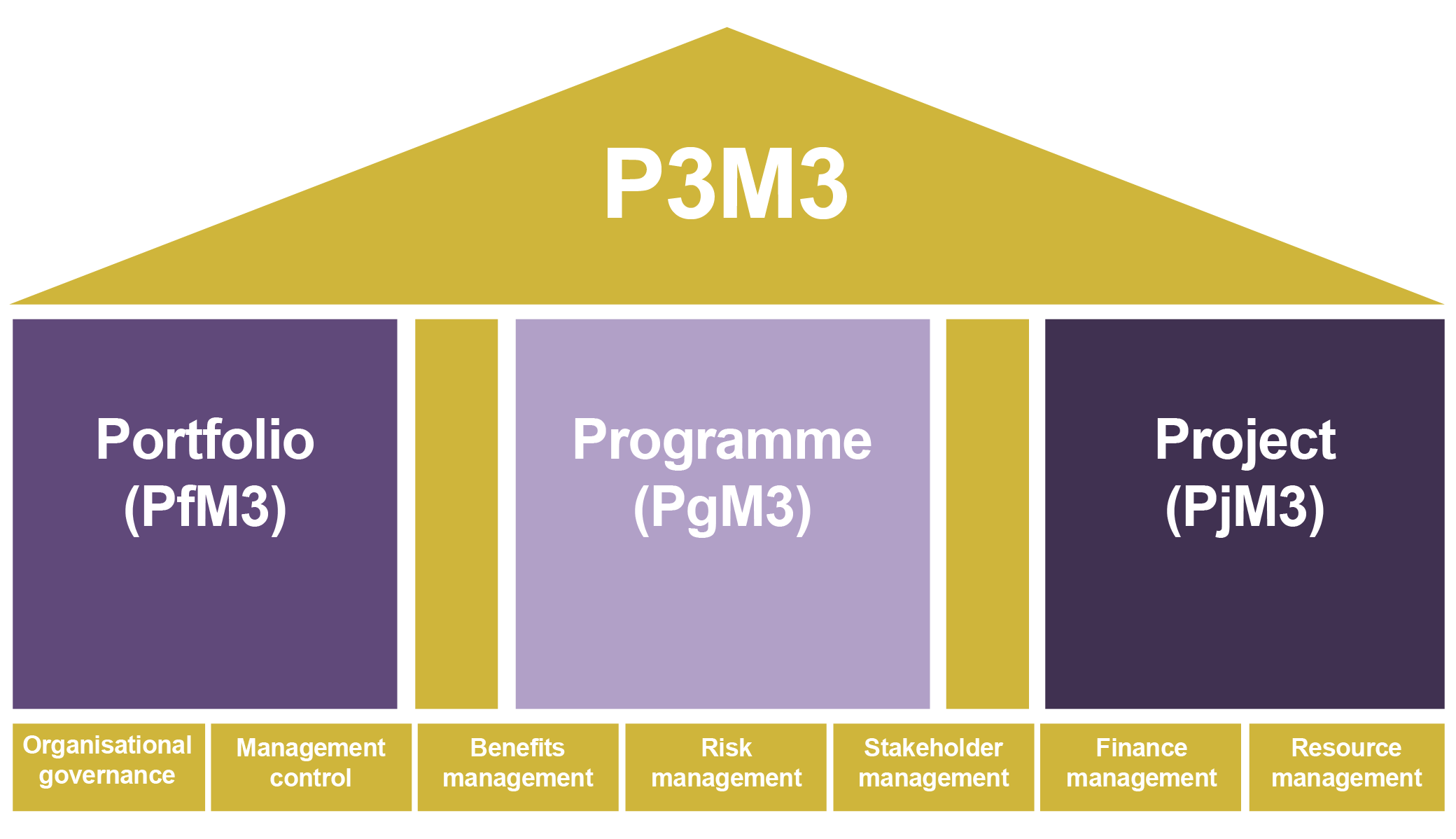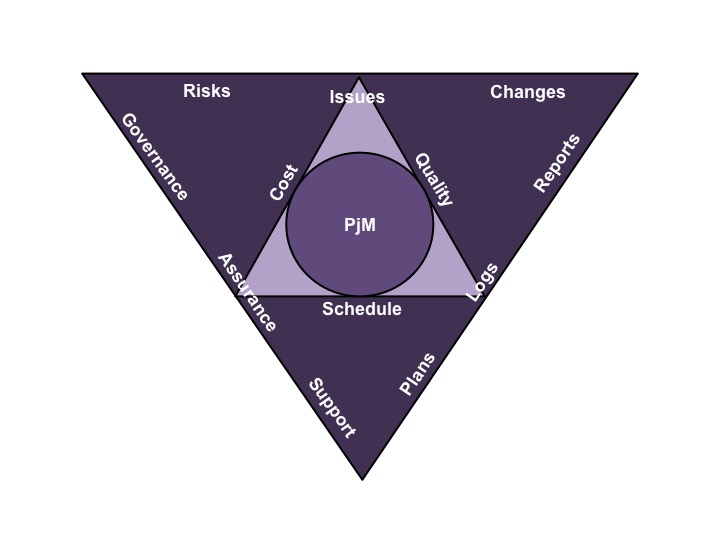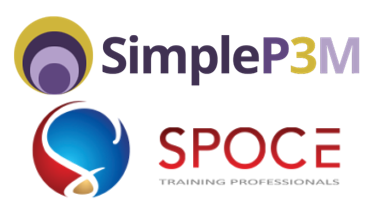DELIVERING ASSESSMENTS USING THE P3M3® MATURITY MODEL. I have had the pleasure of working as an Axelos Consulting Partner (ACP) and carrying out P3M3® assessments for over 6 years. It has led me to work with a variety of companies,
Read moreBlog
HOW TO MEASURE THE HEALTH OF A PROJECT USING EARNED VALUE MEASUREMENT. A recognised technique for tracking both cost and schedule performance in monetary terms is Earned Value Management (EVM). It is generally considered to be a very advanced technique,
Read morePROJECT MANAGEMENT MATURITY ASSESSMENT. Before embarking on a project management improvement initiative, it is well worth establishing the current level of organisational maturity that exists and then setting a target, so that the improvement itself can be measured, separately to
Read moreESTABLISHING A POSITIVE CHANGE IN PROJECT COMMUNITY BEHAVIOUR. If the project management lifecycle and processes have been well designed, so that they are simple to use while enabling the appropriate level of project control, then there will be very strong
Read moreINVESTING IN THE PURCHASE AND CONFIGURATION OF SOFTWARE TOOLS. Having put in place the project management processes that define how plans and logs, supported by templates and reports, should be used as the prime tools, there is an option to
Read moreENSURING PROJECT PERFORMANCE & CONFORMANCE. During and after rolling out the project management framework, it is important to provide ongoing support to the project community so that any queries, issues or improvement ideas they have with the processes, tools or
Read morePROJECT STRUCTURE & PROJECT REVIEWS. By their very nature, each project is different, so whilst it is vital to ensure the generic roles and responsibilities are defined in such a way that they can be applied across all projects, as
Read moreDEFINING ROLES & RESPONSIBILITIES & PROVIDING TRAINING. Having defined how the organisation will manage its projects, as a set of project management processes, and created the supporting templates, the organisation needs to ensure that it realises the benefits of these
Read moreUSING PLANS & LOGS. In the previous blog post on applying project management disciplines we discussed how, in principle, each of the six project management disciplines can be applied, each in a simple way that is more likely to lead
Read moreQUALITY, SCHEDULE, COST, RISK, ISSUE & CHANGE MANAGEMENT. In this post I discuss the important aspects of the key project management principles and how they can be applied in a simple and pragmatic way that will provide your organisation with
Read morePHASES & GATES. To begin designing a project management framework, the first thing you need is a project lifecycle. I have seen many examples of such a thing, and often it is all that exists. A lifecycle alone does not
Read moreTHE NEED FOR SIMPLICITY. In a competitive world where things are changing at an ever-accelerating rate, being able to reliably deliver projects at optimum time, cost and quality is becoming increasingly essential. Standard methodologies such as PRINCE2®, BS 6079,
Read moreSPOCE and SimpleP3M are pleased to announce an association based on their complimentary services which offers great benefits to customers. SPOCE has been an Axelos Training Partner (ATP) for many years whilst SimpleP3M has recently become an Axelos Consulting Partner (ACP).
Read moreThere can be significant differences between what is demonstrated during a sales pitch and the suitability of the configurable capabilities of a project management (or PPM/P3M) software tool, in relation to best practice application in the real world. In principle,
Read moreWe all know that, to remain competitive, businesses need to be able to evolve, and that organisations which are best equipped to manage change, in a way that is not disruptive to current ongoing operations, will create and maintain a
Read moreCommon amongst many organisations is the practice of sub-contracting, often vital, elements of large projects to suppliers as work packages. In fact, on very large projects, there can be a chain of suppliers, from Tier 1 to Tier 2 to
Read moreEssential to projects within which you might consider utilising Agile (with a capital ‘A’) methodologies (such as Scrum and Kanban) is a list of requirements of which some are more important than others. Without such a list there is no
Read moreIf your organisation is not good at delivering projects on-time, within budget and to quality expectations, it is well worth doing something to count the costs as the results can be surprisingly high. If you are not yet reliably delivering
Read moreThere are three simple risk management points that organisations often overlook which, when corrected, make all the difference to their success in controlling risks and therefore enhancing their chances of project/programme success: 1) Define your corporate risk management process If
Read moreThere is currently a push within the project management community to extend the use of agile methodologies, such as Scrum and Kanban, to other industries beyond software development. Whilst being agile is, in principle, obviously a commendable quality to aspire
Read moreThis is a common problem. Demos of project management software tools (it’s becoming more fashionable to refer to them as PPM, and soon, I expect, as P3M, software tools) can have a hypnotic effect on an audience. The dazzling graphics
Read moreDo you remember a fun game in amusement arcades (which you may have visited on holidays as a child) called Splat the Rat? It was great fun and a version is now available as a mobile app. The objective of
Read moreYou might have seen this image before; it illustrates the triple constraints of project management, which therefore comprise the obvious measures of project performance. But does your organisation have a mechanism to measure these (or any other parameters) in order
Read moreSurveys of businesses across all industries continue to indicate that many organisations remain poor at consistently and effectively delivering successful projects. This continues to be the case, despite the obvious benefits of being otherwise, especially to the ‘bottom line’. So
Read more












